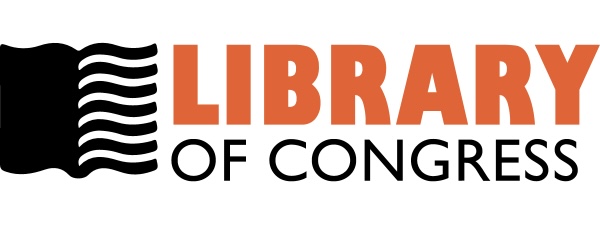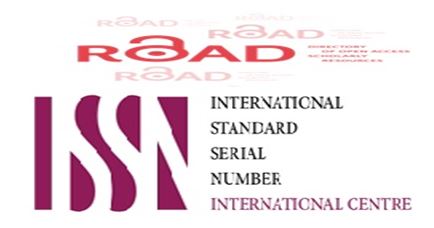Electrophysiological evaluation of Guillain–Barre syndrome subtypes in childhood
DOI:
https://doi.org/10.32007/jfacmedbagdad.591181Keywords:
GBS (guillain – barre syndrome), NCS (nerve conduction study), AIDP (acute inflammatory demyelinating polyneuropathy), AMAN (acute motor axonal neuropathy), AMSAN (acute motor sensory axonal neuropathy).Abstract
Background: Guillain-Barre syndrome (GBS) is the most common cause of acute motor paralysis in children where most of electrophysiological findings reveal demyelinating neuropathy. However, an axonal form of Guillain-Barre syndrome had been reported too.
Objectives: Assess the role of neurophysiological study (EMG and NCS) in the diagnosis of Guillain-Barre syndrome subtypes in children and estimate the frequency of subtypes whether demyelinating or axonal form of Guillain-Barre syndrome.
Subjects and methods: Two study groups of either sex was involved, thirty (30) Guillain-Barre patients with different ages and thirty(30) normal healthy subjects matched for age and gender served as control group. Each subject submitted to sensory and motor nerve conduction study (NCS) and electromyography (EMG) of both upper and lower limbs.
Results:The results of this study revealed that 24 (80%), 5 (16.7%), 1 (3.3%) had Acute inflammatory demyelinating polyneuropathy, Acute motor axonal neuropathy and Acute motor sensory axonal neuropathy respectively. The most affected age group was (3-6) years, and the majority of patients had a preceding infection in the past 3 months. Furthermore, 29 patients out of 30 had lost deep tendon reflexes and the H-reflex was absent in 22 (73.3%), however, the F-wave was absent in lower limbs more than upper limbs (46.6%) and (26.6%) respectively. The distal motor latency was abnormal in 121 (82.3%) nerves out of 147 total examined nerves.
Conclusion:Acute inflammatory demyelinating polyneuropathy (AIDP) is the most frequent subtype of GBS, the change in sensory and motor NCS parameters was higher in lower limbs than upper limbs. Proximal segments are more vulnerable to demyelination rather than intermediate or distal nerve segments.
Downloads
Downloads
Published
Issue
Section
License
Permit others to copy and distribute the manuscript; to extract, revise, and create another derivative
works of or from the manuscript (e.g., a translation); to incorporate the manuscript into a
collective work; and to text or data mine the article, even for commercial purposes, provided that
the author(s) is/are credited; the article's modifications should not harm the author's honor or
reputation; and the article should not be altered in a way that would cause the author to lose them
reputation. The Creative Commons Attribution 4.0 International License (CC BY 4.0) has more
information.




















 Creative Commons Attribution 4.0 International license..
Creative Commons Attribution 4.0 International license..


